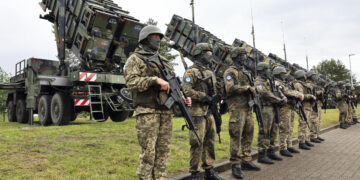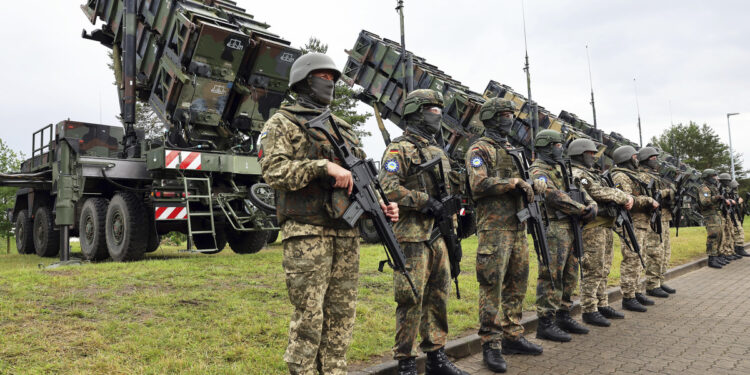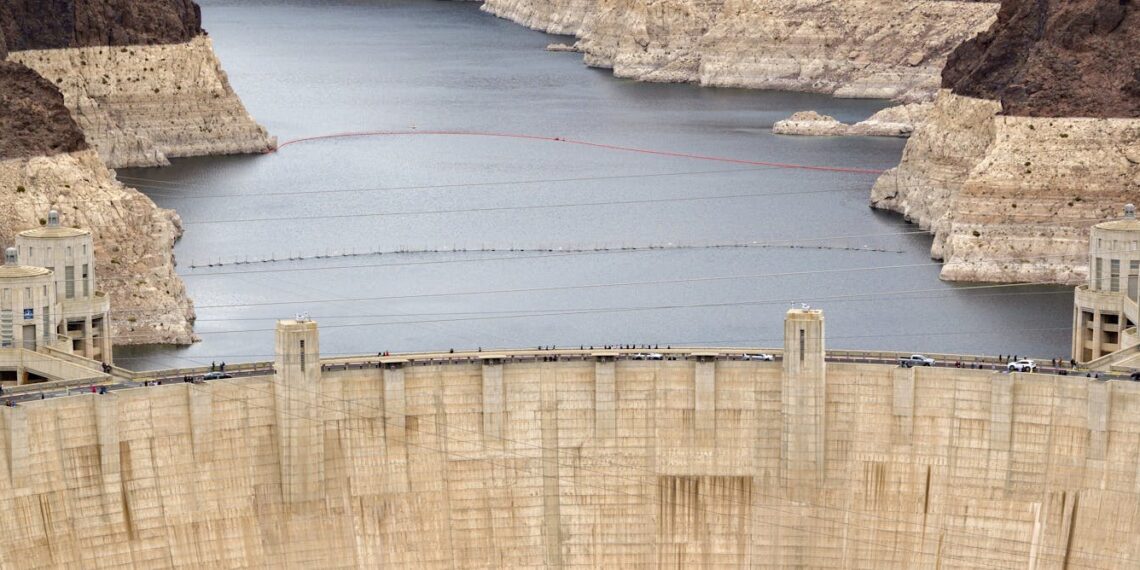Login to Continue Learning
The U.S. Army will add three more battalions to its existing Patriot air defense force and enhance defenses on Guam, a key U.S. territory in the Pacific.
### Why It Matters
The Patriot ground-based air defense system is highly regarded for intercepting even sophisticated threats like ballistic missiles. The Raytheon-built systems are in high demand globally, particularly in Europe as Ukraine’s allies struggle to meet Kyiv’s requirements for defenses against Russian aerial weapons.
Patriot battalions are currently deployed in the Pacific and intercepted Iran’s attack on Al Udeid airbase in Qatar earlier this year.
### Details
The U.S. Army will increase its operational Patriot battalion count from 15 to 18, according to an official statement from a spokesperson.
Each Patriot battalion consists of several batteries with components including radar, launchers, and command centers. Different types of interceptor missiles are also included in the mix.
An additional battalion on Guam will have enhanced Patriot capabilities.
### Future Improvements
The new battalions will use updated radar technology to significantly extend the range of air defense systems. Recent improvements include implementing lessons learned from engagements over the past few years and better integration with other systems, making Patriot more effective.
General James Mingus, the U.S. Army’s vice chief of staff, confirmed plans to add “up to four” new battalions, one in Guam.
### Costs and Impact
Patriots are expensive, with a single battery and its missiles costing around $1.1 billion. A full battalion could cost between $4-5 billion. These systems will be crucial in future conflicts, particularly against China.
### International Support
The Netherlands recently agreed to send Patriot parts and missiles worth about $577 million to Ukraine. Germany has also contributed by sending two more Patriot systems through an agreement with the U.S.
NATO announced that European members and Canada would pay for urgently needed equipment for Ukraine, including air defense systems from the U.S.
### Future Production
To meet demand, production numbers of interceptor missiles must be increased, according to research fellow William Freer. Without sufficient missiles, Patriot batteries are ineffective.
In summary, with these plans in place, the U.S. Army aims to bolster its air defense capabilities significantly and ensure readiness for future conflicts.
📚 Reading Comprehension Quiz
According to the passage, how many Patriot air defense battalions will the U.S. Army add to its existing force?
Please login or register to take the quiz and earn points!



















